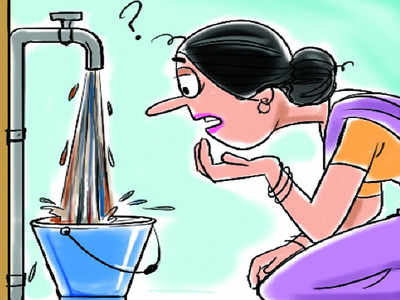The Times of India 31.08.2012
Urban water needs growing, says state revenue minister
PUNE: Less water will be available for irrigation in the coming years
as the demand for water from urban areas will continue to grow due to
rapid urbanization in the state, said state revenue minister Balasaheb Thorat.
He was speaking at the valedictory function of a state-level seminar
organized on ‘Maharashtra Economy: Challenges and Prospects’ at Fergusson College, here on Thursday.
Thorat said, “The irrigation facilities in the state are slowly
improving and demand for water from urban areas is growing. The state
has not achieved its irrigation potential. The current area under
irrigation is merely 17% when there is a potential to irrigate area up
to 33% in the state. The growing demand for water from cities is a major
hurdle and there is a little possibility of the demand reducing in
future. As per my estimate, it is possible to provide irrigation only to
25% of the total agricultural land in the state, while 75% will remain
non-irrigated in future.”
He also spoke about excess use of
water in Pune city. Thorat said, “Compared to any city in the state,
Pune gets maximum water per person. The actual calculation also shows
that more water is lifted from the dams supplying drinking water to the
city. The total consumption of water in Pune city is 16 TMC, which is
more than its actual requirement.”
Thorat also pointed out that
urbanization was inevitable and we needed to be ready for it with proper
planning. Industrialization, spread of educational institutions and the
boom of service sector was turning towns into cities and mega cities.
“There were five crore people in the state in 1960; the number increased to 11.5 crore in 2011. This has also changed the economy
of the state with more revenue coming from service sector, industries,
commercial establishments and finally from agriculture sector. The
current growth in the state should be linked to its geographical
features. Though there are maximum dams in western Maharashtra, very few
are full and there is a pressure to strike a balance between water for
irrigation and non-irrigation purposes such as drinking, industries and
thermal power plants,” Thorat said.

